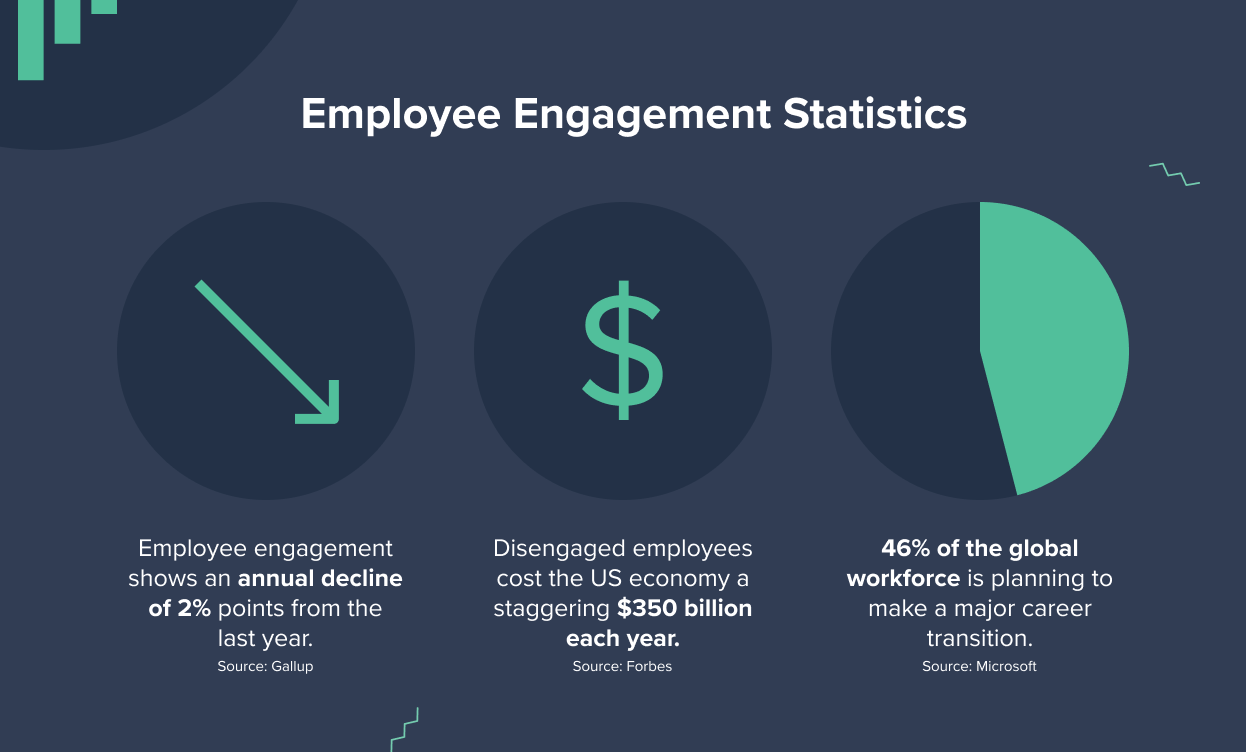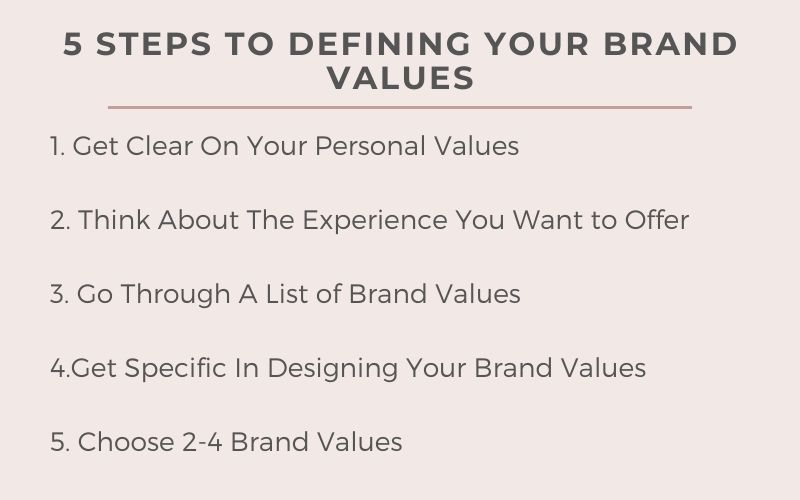As marketers, we spend our careers figuring out how to sell products. How to craft campaigns that convince consumers they can’t live without what our brands offer.
But what if instead of selling, our marketing empowered positive change? What if each campaign aimed to make the world a little better?
I lead a digital agency focused on purpose-driven strategy. We partner with brands seeking to activate audiences around social causes vs. sells alone.
Because I believe that business can be a profound platform for improving people’s lives when done right. Brands that lead with empathy and stand for change earn devoted tribes not easily won by even the flashiest stunt.
This mindset guides our work. In this blog, I’ll cover why and how your brand can (and should) use its influence to drive social good. Beyond profits, business holds the potential to empower movements when motivated by meaning over money.
Checklist for Driving Change
| ☑ Align external messaging with internal culture and policies |
|---|
| ☑ Survey stakeholders to define core brand values |
| ☑ Set specific, measurable social impact goals |
| ☑ Create value-driven content and storytelling |
| ☑ Launch recurring campaigns that activate consumers |
| ☑ Track progress and report impact metrics |
The Power of Brands
Brands touch billions of lives daily. People form emotional connections with the brands they engage with regularly. This gives brands tremendous power to shape attitudes, behaviors, and even culture itself.

Unfortunately, many brands focus advocacy efforts only on driving sales. But profits should not be the sole motivating force. Brands must recognize their ability to impact society and activate their audiences around causes that matter.
"74% of consumers expect brands to align with their values and take public stands on social and political issues."
[Source: Edelman]
Brands that stand up for their values and advocate for change inspire trust and loyalty among consumers. When people believe in what a brand stands for, they become brand evangelists, organically promoting the brand to others.
Purpose-driven branding also leads to media attention and shared visibility that money can't buy. By taking a meaningful stand, Patagonia, Ben & Jerry's, and others have earned far more exposure than ads could ever achieve.
Starting With the Inside Out
Brand advocacy efforts ring hollow if a brand's internal practices don't reflect its external messaging. Before directing consumers toward social good, brands must lead by example.

This means implementing sustainable operations, ethical supply chains, diverse and inclusive hiring practices, and other mission-driven policies within the company first.
"85% of purpose-driven companies say their efforts positively impact employee satisfaction and retention."
[Source: Accenture]
Upholding strong values and purpose internally galvanizes employee pride and productivity. Empowered teams that stand behind a brand and its messaging fuel successful external campaigns.
Brands seeking social impact should analyze their current practices and identify areas for improvement before moving into advocacy. Understanding weaknesses and demonstrating authentic dedication to improvement lends credibility to external efforts.

Defining Your Brand's Values
The foundation for impactful brand advocacy is first defining the core values your brand lives by. Start by asking:
- What specific social/environmental issues does our brand care about most?
- What does our brand believe in when it comes to business practices and company culture?
- What change would we like to see in the world?

Resist vague value statements like “we support good causes" or "we are sustainable." Be specific to guide action. Effective examples include:
- We support equitable quality education for all youth.
- We believe leadership opportunities should be accessible despite socioeconomic status.
- We advocate for policy reform around environmental conservation.
Focus your efforts around 1-3 priority impact areas where you can make reasonable, measurable progress. Values-aligned brands effect change through long-term commitment to specific issues vs short-term scattered efforts.

Activating Your Audience
Once you define the change you want to drive, activate your audience to echo your brand's purpose. Use your platforms to educate consumers on issues, inspire grassroots action, and celebrate progress.
Educate Through Content
Content that informs your audience on social issues provides value while showcasing what your brand cares about. For example:
- Blog posts covering facts on your cause and current events
- Infographics visualizing key data
- Videos interviewing experts on the subject
- Email newsletters with curated reading on the topic
This content spotlights your brand's values while allowing readers to learn. Share not only the problem but also solutions and a call to action.

Inspire Through Storytelling
Stories captivate hearts and minds far more than statistics alone. Where possible, put a human face on the issues you spotlight. Profile people impacted and share their journey.
For example, TOMS Shoes tells customer stories of hardship and hope through their email newsletter. Seeing real individuals directly helped by TOMS purchases makes subscribers feel personally connected to the brand's givING mission.
Celebrate Through Initiatives
Launch recurring campaigns that mobilize consumers to contribute to your cause. Make participation fun, visual, and social.
For example, Ben & Jerry's annual "Save Our Swirled" month educates on climate justice while encouraging petition signatures, cones for a cause, and more. Outdoors brand Cotopaxi drives youth education initiatives funded by its iconic colorful backpacks.
Rallying audiences around values-aligned initiatives catalyzes community, empowers advocates, and showcases collective impact. Brands should celebrate each milestone while reinforcing more work ahead.
Incentivize Through Discounts
Promotions incentivizing social good actions can dramatically increase participation.
- Product discounts for petition signatures
- Donating 1% of proceeds to a cause during awareness months
- Pledging volunteer hours for loyalty rewards
Incentives feel transactional if not careful. Keep the focus on rallying around shared values vs perks alone.
Measuring Social Impact Goals
| Initiative | Potential Metrics |
|---|---|
| Nonprofit Partnership | Funds donated, resources provided, Lives helped |
| Values-Aligned Content | Pageviews, time on site, social shares |
| Consumer Campaign | Participants, items donated, funds raised |
| Internal Policy Change | Energy use reduction, supplier audit results, diversity stats |

Partnerships Multiplier Impact
Strategic partnerships with nonprofits amplify a brand's influence and demonstrate tangible action behind messaging.
Before reaching out to potential partners, brands should research groups aligned with company values. Prioritize organizations addressing defined cause areas and able to provide impact metrics.
"91% of consumers are likely to switch to brands associated with a good cause given comparable price and quality."
[Source: Cone Communications]
Partnership opportunities include:
Funding Support
- % of proceeds
- Matching consumer donations
- Grants
Awareness Building
- Email promotion to shared lists
- Blog contributor content
- Social media co-promotion
Volunteer Activation
- Employee skiils-based projects
- Consumer participation campaigns
Capacity Building
- Skillset training workshops
- Mentorship programs
- Pro bono service consulting
Track partner impact through metrics like lives helped, resources provided, actions taken, and funds raised. Feature partners prominently across marketing channels to educate consumers on collective work enabled.
Brands today must recognize advocacy's imperative - for both driving growth and bettering society. People support companies that support their communities and causes.
By standing up for purpose, leading internal change, rallying audiences, and enabling partners, brands can deliver positive impact beyond the bottom line. Our voices and choices shape culture. The opportunity for brands to drive social good begins now.






